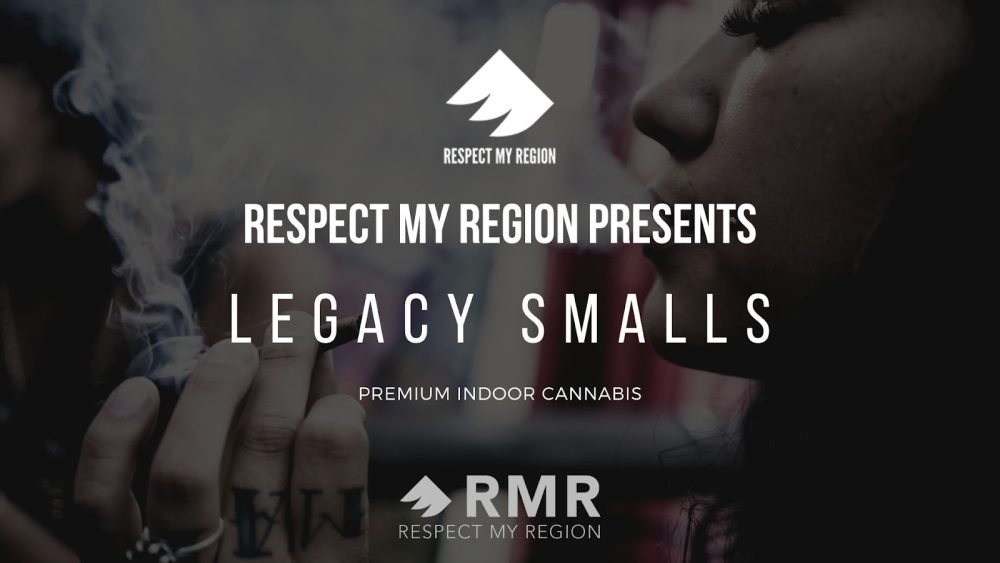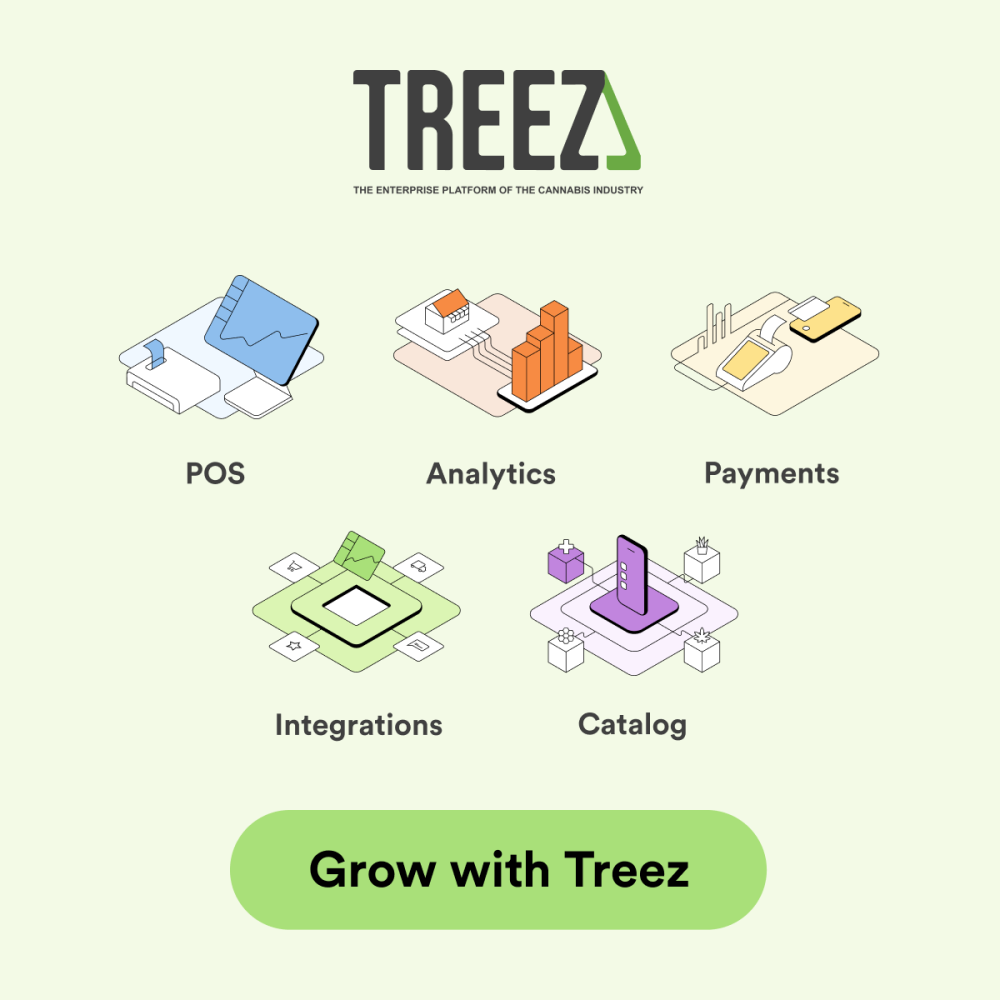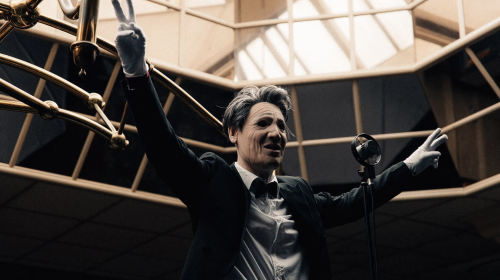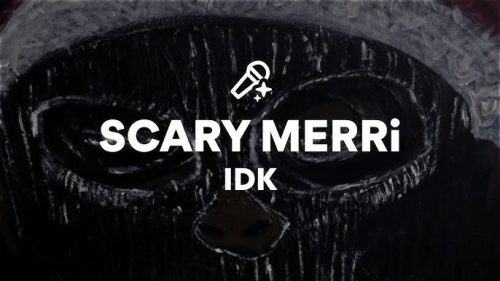Marketing is all about getting attention. For independent artists, it’s a necessary part of developing a music career. Whether you’re a social media maven or street corner performer, ads expand brand awareness, drive sales, and engage audiences, among other things. In this guide, we’ll share some simple and effective ways to create paid ads for musicians.
Our co-founder, Mitch Pfeifer, is a social media advertising expert that has worked on ad campaigns for national music festivals and major label artists all the way down to local artists looking to build their fan bases. He was able to lend some thoughts to this article and wanted to ensure that everyone knew that every artist “100% should be advertising on social media even if only a few dollars a day.”
What Are Paid Ads?
“Sponsored” Facebook and Instagram posts, anything marked “Ad” on Snapchat, and in-feed ads on TikTok are all paid ads. These posts pop up in user’s feeds according to parameters set by ad creators. You can choose to boost an existing post or create a stand-alone advertisement (sometimes called a “dark post).
Posting paid ads on social media can benefit musicians and indie artists in many ways. Sponsored posts can:
- Reach new audiences and recruit new fans
- Drive online traffic and expand brand awareness
- Boost crowd engagement through likes, follows, and comments
- Build hype for upcoming music releases, shows, and events
Whatever the objective, ad creators should follow these steps to create an effective ad that engages a target audience.
How to Create Paid Ads for Musicians
- Define a goal. First, decide on an objective the ad should support. It could drive traffic, draw engagement, get clicks, encourage sales, get likes, etc.
- Choose demographics. Narrow audience demographics by age group, interests, location, etc., as much as possible.
- Pick artwork. Create or find art for the ad. The visual art can be a pic or a video clip, but it should correlate with ad messaging.
- Write a script. Ad scripts can be audible or textual, but there should be a pre-written script. Many viewers browse with the sound off, so audio ads should also contain captions.
- Choose a price point. Decide how much money to spend on the ad. Most paid ads allow creators to set daily limits or set expenditure caps for the entire campaign.
Paid Ads for Social Platforms
Facebook & Instagram
Facebook is the OG when it comes to providing laser-focused targeting options. Facebook’s ad platform allows creators to limit daily and overall spending. It also confers a wide range of objective and demographic settings. Create video, carousel, or still photo ads. Flexible and inexpensive, Facebook’s ad platform is reliable. Pfeifer notes “Facebook is one of the best outlets to push users off platform. For example, if you want someone to stream your song on Spotify or watch your video on YouTube, you are asking that user ‘hey I know you opened up this app and are scrolling your timeline BUT would you mind aboning this whole gameplan and going to another app and watch/listen to something?”
Facebook and Instagram have both become friendly to let users take action outside of their platform while still staying within the app (i.e. Spotify/YouTube window opens up within platform and not a whole new app). “While it is true these platforms would prefer actions and advertisements keep users inside the app, they do seem to be better at pushing traffic outside as opposed to other advertising methods.”
Owned by Facebook, Instagram offers many of the same ad features as its parent company. However, new advertising options are in development for IGTV. What exactly IGTV’s advertising platform will include is still unknown.

Twitter allows subscribers to create ads targeting highly specific audiences based on interests. The original hashtag powerhouse, Twitter ad campaigns are designed for hashtag usage. Because of Twitter’s short and frequent posting model, Twitter’s paid ads help build up buzz around trending topics, music genres, artists, and anything culturally relevant and in-the-moment.
TikTok
TikTok offers self-service ad creators only one option – in-feed ads. In-feed ads look like TikTok posts, so they blend seamlessly with user’s feeds. But TikTok ads can cost considerably more than Facebook and Instagram ads, so it may not make sense to create paid ads for musicians with limited budgets. Instead, indie artists may want to consider starting a hashtag trend or challenge.
Snapchat
Snapchat’s Ads Manager offers many of the same features as Facebook and Instagram. The main difference lies in user demographics. While Facebook users are mostly over 30, Snapchat is a hit with Gen Z and younger audiences. Snapchat requires a $5 minimum daily ad spend, making it affordable for low-budget indie artists.
YouTube
YouTube is the platform of choice for up-and-coming independent artists, so it makes sense that paid ads on YouTube can pay off in a big way. But musicians must have an engaging, high-quality video to be most effective.

If you want to increase your videos views: Choose from In-Stream Ads (the ones that play before the viewer’s video)
If you want to build a fan base: Choose Video Discovery Ads (they appear in searches, the sidebars of current videos, and the YouTube homepage).
The best campaigns will likely include a little bit of both. In-stream/true-view ads will offer a greater increase to your videos view count and be a cheaper cost per view but Discovery ads provide a more quality conversation (although the cost per view/click will be higher).
What Kind Of Content/Creative Should I do For My Ads?
Major labels and big budget campaigns allocate dollars to have a single piece of content cut up for every social media platform. For example, if you’re releasing a video, you would ideally have:
- Full music video on YouTube
- Promo snippet for Facebook post
- 15-60 second square cropped version for IG wall
- 15-45 second vertical cropped version for IG story
- Photo from video to use for press/blogs
“Having the wide array of content all matching the same theme helps your content and various social media platforms work together, said Pfeifer, “this way whether people are intentionally watching you on all platforms or just see your content browsing, it’s all on-brand for the same CTA (call to action), which is watching, listening, or engaging with your latest release.”
But what do I do if I don’t have the budget to pay someone to crop out all this content? Mitch believes that one shouldn’t release a single or a video without having all of this ready. “If you don’t have the budget, don’t drop for another month and save up. You HAVE to include this in your release. Even without a budget, you can leverage free tools like Canva or even iMovie to cut up promo pieces yourself from a full music video. iMovie enables you to edit curse worse and clip out the most engaging 15 second clip without much skill. Which reminds me, NO CURSING IN YOUR ADS!”
That last part is a crucial point. Social media platforms will not allow you to run advertisements that contain cursing or things of a graphic nature (sex, violence, drugs, etc) or even social justice messaging (Black Lives Matter, reparations, social equity etc).
“I believe that promotional content is just as important as the content you’re pushing whether it’s a single or video. Sure if the songs not good, no one will want to listen to the entire record or play it again, but without promotional content how will anyone know what you did, where it’s at, and how to find?”
Conclusion
Each ad platform has advantages over the others. And often, that advantage is defined by the artist’s audience, goals, and genre. It follows that which ad platform artists choose is as personally-defined as the artists themselves.
But any platform will help achieve artist objectives if the ad is targeted, engaging, and high quality.
In the words of internet marketing guru Adam Audette,
“Today it’s not about ‘get the traffic’ — it’s about ‘get the targeted and relevant traffic.’”
Sign up below for our mailing list and receive FREE music marketing resources.
Blog List and Press Release Template
RAPPER WEED: WHICH RAPPERS HAVE CANNABIS PRODUCTS IN THE MARKET?
10 UNDERRATED FEMALE RAPPERS YOU SHOULD LISTEN TO RIGHT NOW
9 RAPPERS FROM DETROIT YOU NEED TO KNOW THIS YEAR








